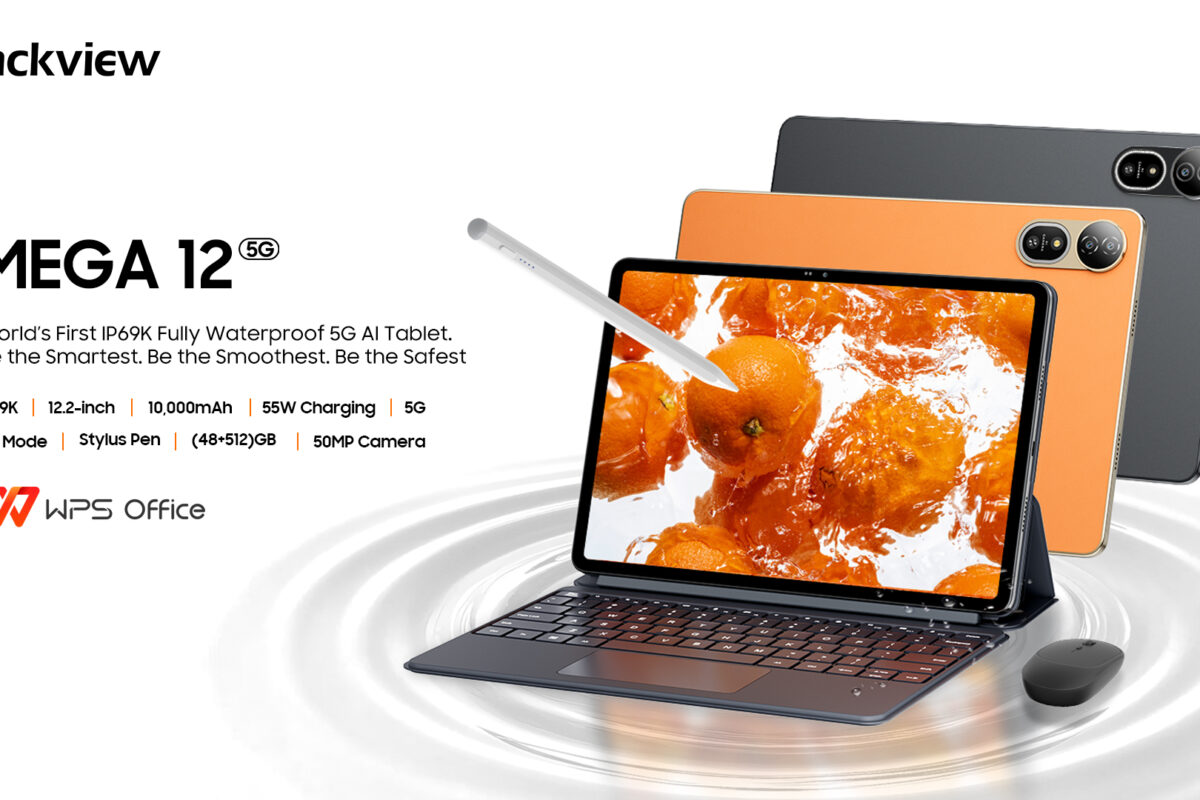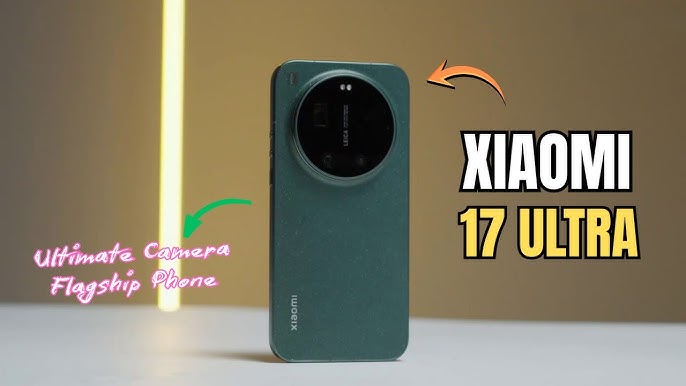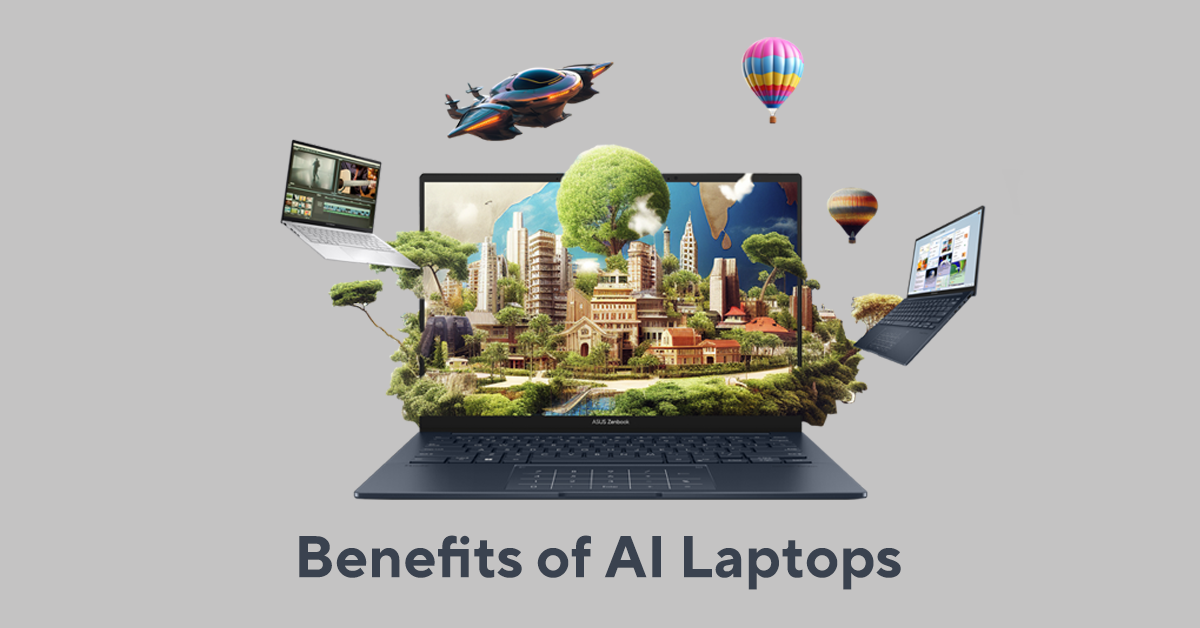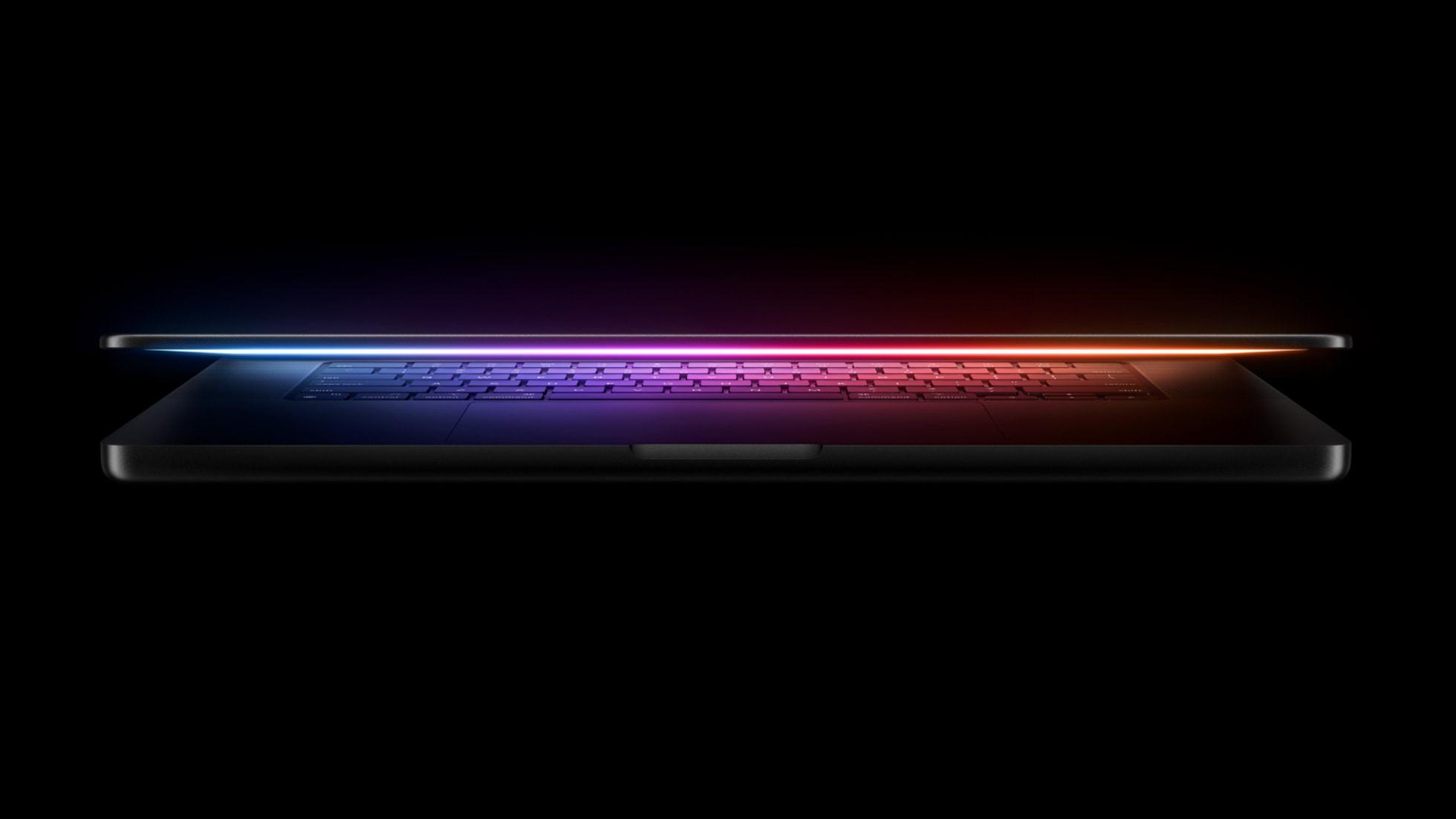The tech world is buzzing with excitement as IFA 2025 wraps up in Berlin and Google rolls out its latest Pixel Drop update. This September has been particularly revealing for Android enthusiasts, offering tantalizing glimpses into the future of flagship smartphones and the direction Google is taking with its Android ecosystem.
From Material 3 Expressive design updates to hints about next-generation Android features, the combination of IFA 2025 announcements and recent Pixel updates paints a compelling picture of where Android flagships are heading in 2025 and beyond.
Key Highlights from IFA 2025 and Recent Pixel Updates
The tech industry’s biggest autumn showcase didn’t disappoint this year. While specific smartphone launches were limited, the real story lies in the software innovations and technological foundations being laid for future Android flagships.
Google’s September 2025 Pixel Drop: A Flagship Preview
Google’s latest Pixel Drop introduced Material 3 Expressive, making phones look nicer and easier to use, while also bringing enhanced AI capabilities to Pixel Buds Pro 2. This update serves as more than just a monthly refresh – it’s a preview of design philosophies that will likely influence the entire Android ecosystem.
The September update includes several flagship-worthy features:
- Material 3 Expressive Design: A more dynamic, personalized interface that adapts to user preferences
- Adaptive Audio for Pixel Buds Pro 2: Advanced AI-powered audio optimization
- Enhanced Security Patches: Comprehensive fixes across the entire Pixel lineup
- Glanceable Maps for Pixel Watch: Improved wearable integration
IFA 2025’s Android Ecosystem Revelations
IFA 2025 showcased the best innovations in Android devices, with manufacturers from Samsung to Lenovo demonstrating how Android’s flexibility continues to drive hardware innovation. While major flagship launches were sparse, the event highlighted emerging trends that will define 2025’s premium Android devices.
Android 16 and Next-Gen Features
The most significant revelation from recent updates is the roadmap for Android 16, which promises to revolutionize how we interact with our flagship devices.
What Android 16 Brings to Flagships
Android 16 features are already being tested on current devices, with Samsung’s Galaxy S25 rumored to be among the first non-Google phones to join the beta program. The update introduces several flagship-exclusive features:
Auracast Support: Available on Pixel 8 and later, along with select flagships from Samsung, Xiaomi, and POCO, this technology enables seamless audio sharing between devices.
Enhanced AI Integration: Building on Google’s Gemini AI capabilities, Android 16 promises deeper AI integration across the entire system.
Improved Material 3: The design language continues evolving, with more expressive and adaptive elements.
Current Flagship Landscape: What’s Leading the Pack
Understanding where Android flagships are heading requires examining where they currently stand. The 2025 flagship race has been particularly competitive.
Top Android Flagship Contenders
| Device | Chipset | Key Features | Price Range |
|---|---|---|---|
| OnePlus 13 | Snapdragon 8 Elite | Top-tier performance, huge battery | $800-$900 |
| Google Pixel 9 Pro | Google Tensor G4 | Advanced AI, pure Android | $999+ |
| Samsung Galaxy S25 | Snapdragon 8 Elite (optimized) | S Pen, cameras, One UI | $1,000+ |
| Xiaomi 15 Pro | Snapdragon 8 Elite | Fast charging, cameras | $700-$800 |
Performance Leaders
The Snapdragon 8 Elite chipset inside flagships like the OnePlus 13 means these phones can keep pace with just about any device, though Samsung is optimizing the chip for even better performance in Galaxy S25 phones.
Industry experts are already calling the OnePlus 13 a strong contender for the best phone of 2025, thanks to its balanced approach to performance, design, and value.
Market Context: How IFA 2025 Shapes Android’s Future
The Competitive Landscape
The current flagship generation includes established players like Galaxy S26, OnePlus 14, and Xiaomi 16 all competing for market share, but the real battle is being fought on software and AI capabilities rather than just hardware specifications.
Google’s AI Advantage: Google’s AI capabilities, particularly with Gemini AI, often outshine even Samsung’s Galaxy AI in supported languages.
OnePlus Value Proposition: The OnePlus 13 offers top-tier performance, a huge battery, modern styling, and impressive cameras with really no significant flaws.
Samsung’s Ecosystem Play: With optimized Snapdragon processors and deep One UI integration, Samsung continues pushing the premium Android experience.
What This Means for Consumers
The convergence of hardware capabilities means that the real differentiation between Android flagships now lies in:
- Software Experience: How manufacturers implement Android and add their own features
- AI Integration: The quality and usefulness of AI-powered features
- Ecosystem Integration: How well devices work with other products in the same brand family
- Update Support: Long-term software support and security updates
Availability and Pricing Trends
Current Market Reality
Flagship smartphones ($800 and up) include iPhone Pro Max, Samsung Galaxy S Ultra, Google Pixel Pro, and similar top-tier models from Xiaomi, OnePlus, and others. The pricing landscape has stabilized around these price points, but value propositions vary significantly.
Premium Tier ($1000+):
- Google Pixel 9 Pro series
- Samsung Galaxy S25 Ultra
- iPhone 15 Pro series
Value Flagship ($700-$900):
- OnePlus 13 series
- OnePlus 13R, which has become the best value flagship phone available
- Xiaomi flagship series
Global Availability
The staggered release schedule means different regions get flagship devices at different times, with OnePlus 13 launching globally on January 7, 2025, after a late 2024 China release.
Looking Ahead: What’s Next for Android Flagships
Technology Trends to Watch
Based on IFA 2025 and recent Pixel updates, several trends are shaping the future of Android flagships:
Enhanced AI Integration: Every major manufacturer is racing to integrate AI more deeply into their devices, from photography to system optimization.
Improved Battery Technology: Larger batteries and more efficient processors are extending device longevity.
Advanced Display Technology: Higher refresh rates, better color accuracy, and adaptive displays are becoming standard.
Camera Innovation: AI-powered photography and computational photography continue advancing rapidly.
The Software-First Approach
The most significant takeaway from recent updates is that software innovation is driving hardware development, not the other way around. Google’s Pixel Drop updates demonstrate how post-launch software improvements can dramatically enhance device capabilities.
FAQ
Samsung’s Galaxy S25 is rumored to be among the first non-Google phones to join the Android 16 beta party, likely via One UI 8. Other manufacturers like Xiaomi, OnePlus, and Oppo will follow with their respective flagship devices, typically 3-6 months after Google’s initial release.
Flagship smartphones come with the latest and greatest features, and for many enthusiasts, they’re worth the high price tags. Current flagships offer superior cameras, faster processors, premium build quality, longer software support, and exclusive AI features that aren’t available on mid-range devices.
Google’s Pixel updates often serve as a preview of features coming to the broader Android ecosystem. The Material 3 Expressive design language and AI enhancements introduced in recent Pixel Drops typically influence how other manufacturers approach their own software customizations and feature development.
Conclusion: The Android Flagship Evolution Continues
IFA 2025 and Google’s recent Pixel updates reveal an Android ecosystem in transition. While hardware specifications have largely plateaued at impressive levels, the real innovation is happening in software, AI integration, and user experience design.
The combination of powerful chipsets like the Snapdragon 8 Elite, Google’s advancing Gemini AI, and increasingly sophisticated software features means that choosing an Android flagship in 2025 is more about ecosystem preferences and specific use cases than raw performance differences.
The real winner? Android users get to benefit from this intense competition, driving innovation across the entire ecosystem. As we move toward 2026, expect this software-first approach to continue defining what makes a truly premium Android experience.
- Google Pixel 9 Pro: The New King of Smartphones?
- Google Pixel 10 Launch 2025 with Tensor G5 Chip Powers
- Pixel Watch 4 Rumors: What to Expect from Next-Gen Smartwatch
- Google Pixel 9 Review: What You Need to Know
- Google Pixel 10: Redefining Smartphone Innovation
I'm Salim, the creator and tech enthusiast behind this website. My passion for technology has been a lifelong journey, fueled by a deep curiosity about how things work and a desire to explore the latest gadgets and innovations that shape our world.




